Perfect Squares and Square Roots Worksheet
Are you in need of a comprehensive worksheet to help your students master perfect squares and square roots? Look no further! This worksheet is especially designed for educators and homeschooling parents who want to provide their students with a solid understanding of this essential mathematical concept. With a variety of exercises and examples, this worksheet will support the learning process and engage students in a fun and interactive way.
Table of Images 👆
- Perfect Square Roots Worksheet
- Perfect Square Root Table
- Square Numbers Worksheet
- Perfect Square Root Chart
- Fun Pre-Algebra Worksheets
- Combining Like Terms Worksheets
- Exponent Rules Graphic Organizer
- Scientific Notation Worksheets 8th Grade Answers
- Simplifying Radical Expressions Worksheet
- Free Printable 8th Grade English Worksheets
More Other Worksheets
Kindergarten Worksheet My RoomSpanish Verb Worksheets
Cooking Vocabulary Worksheet
DNA Code Worksheet
Meiosis Worksheet Answer Key
Art Handouts and Worksheets
7 Elements of Art Worksheets
All Amendment Worksheet
Symmetry Art Worksheets
Daily Meal Planning Worksheet
What is a perfect square?
A perfect square is a number that is obtained by squaring an integer, meaning it is the result of multiplying an integer by itself. Examples of perfect squares include 1, 4, 9, 16, 25, etc., which are the squares of 1, 2, 3, 4, 5, etc., respectively.
How can you tell if a number is a perfect square?
To determine if a number is a perfect square, you need to find the square root of that number. If the square root is a whole number (an integer), then the original number is a perfect square. If the square root is not a whole number or has decimal places, then the number is not a perfect square.
What is the square root of a perfect square?
The square root of a perfect square is the number that, when multiplied by itself, gives the perfect square as a result.
How do you find the square root of a non-perfect square?
To find the square root of a non-perfect square, you would typically use a calculator or a computational method such as long division or the Babylonian method. These methods involve making educated guesses and refining them through iteration until you reach a close approximation of the square root value.
Give an example of a perfect square.
25 is an example of a perfect square because it is the result of multiplying a number by itself (5 x 5 = 25).
Can negative numbers be perfect squares? Why or why not?
No, negative numbers cannot be perfect squares. Perfect squares are always non-negative numbers because when a number is squared, the result is always a non-negative number. The square of a negative number would always result in a positive value, so negative numbers cannot be perfect squares.
How can you simplify a square root?
To simplify a square root, look for perfect square factors of the number under the square root symbol. Extract the square root of any perfect squares found and multiply them together. Any remaining numbers under the square root symbol cannot be simplified further.
What is the relationship between perfect squares and square roots?
Perfect squares are numbers that are the result of multiplying a number by itself, such as 1, 4, 9, 16, etc. Square roots, on the other hand, are the inverse operation of squaring a number. The square root of a number is the value that, when multiplied by itself, equals the original number. So, the relationship between perfect squares and square roots is that the square root of a perfect square is the original number that was squared to get the perfect square.
What is the difference between a whole number and an irrational number when it comes to square roots?
A whole number is a positive integer that is the square of another integer, meaning it has a rational square root. On the other hand, an irrational number is a number that cannot be expressed as a simple fraction, hence its square root is also irrational and non-terminating. Therefore, the key difference lies in the nature of their square roots, with whole numbers having rational square roots and irrational numbers having irrational square roots.
Explain the concept of the principal square root.
The principal square root of a non-negative real number is the unique non-negative real number that when squared equals the original number. It is denoted by the symbol ?x, where x is the non-negative number. In essence, the principal square root is the positive value of the square root function, serving as the primary or principal value when dealing with square roots.
Have something to share?
Who is Worksheeto?
At Worksheeto, we are committed to delivering an extensive and varied portfolio of superior quality worksheets, designed to address the educational demands of students, educators, and parents.

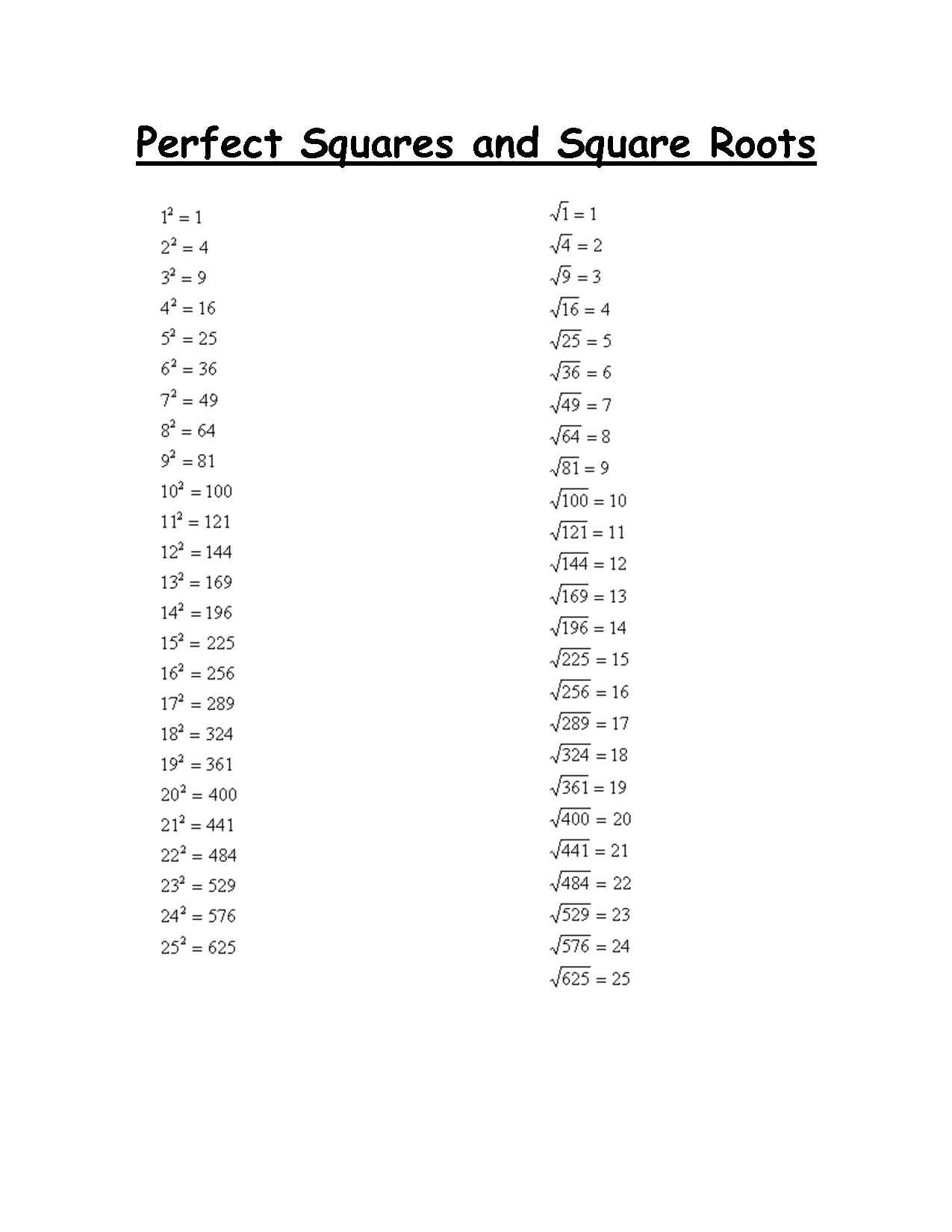



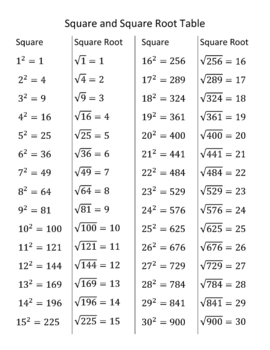


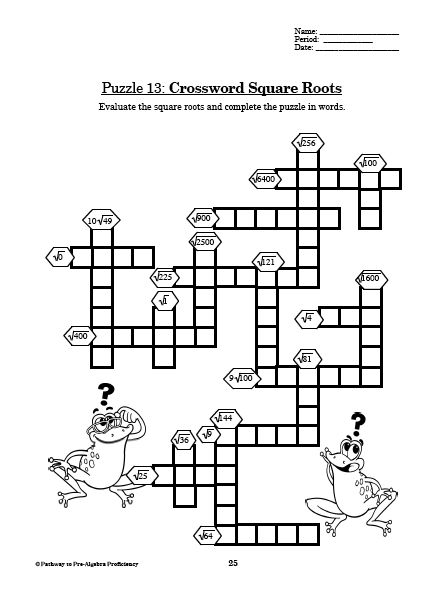
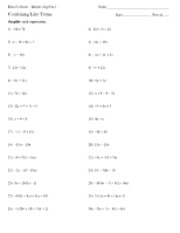
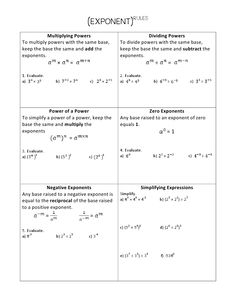
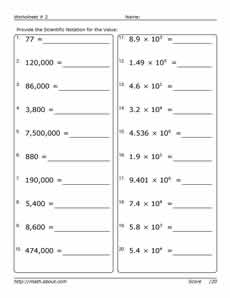
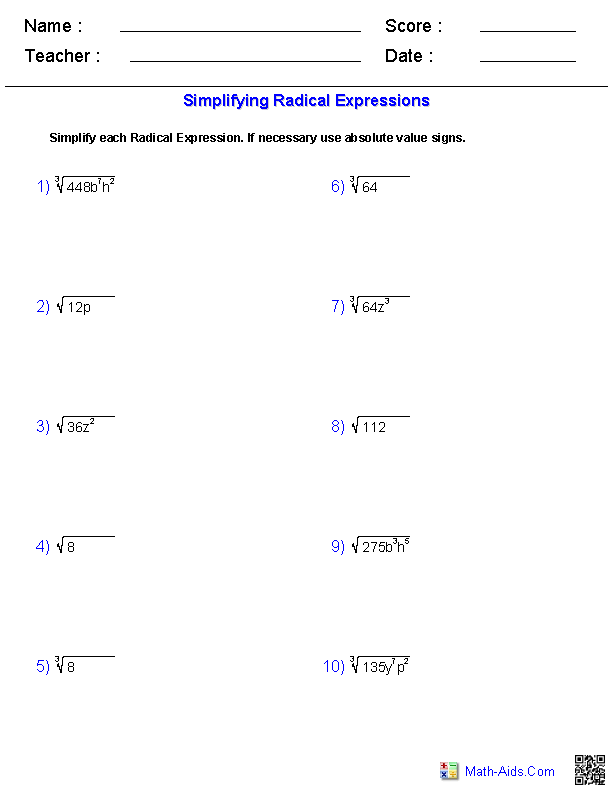
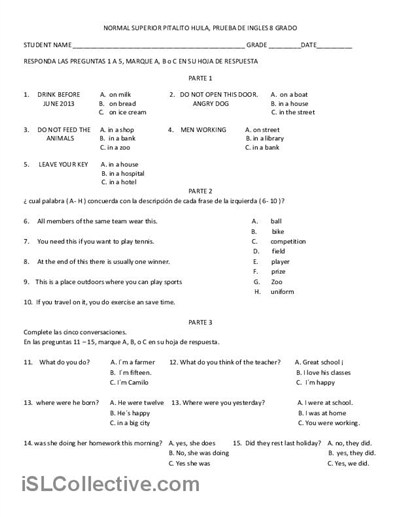














Comments